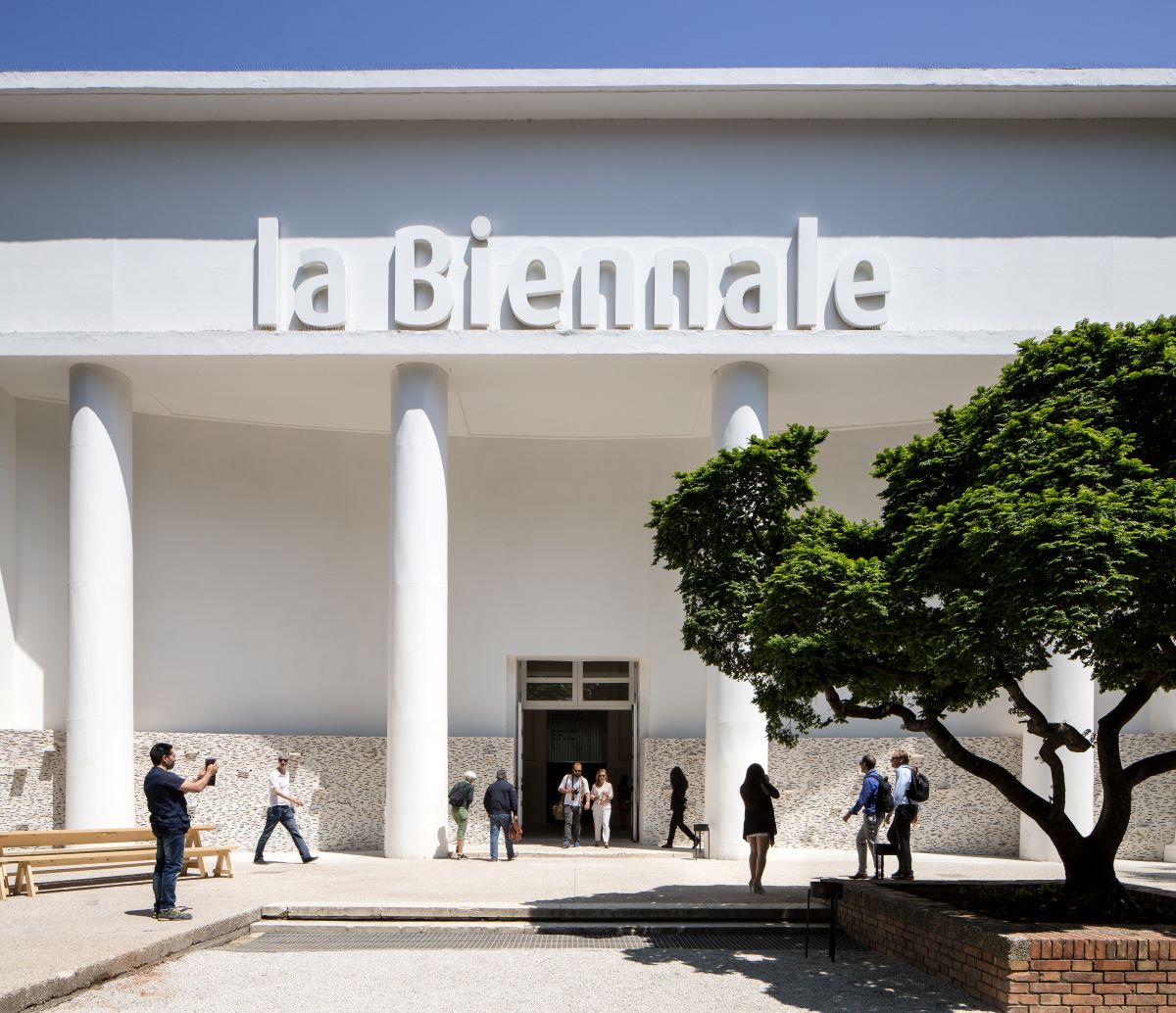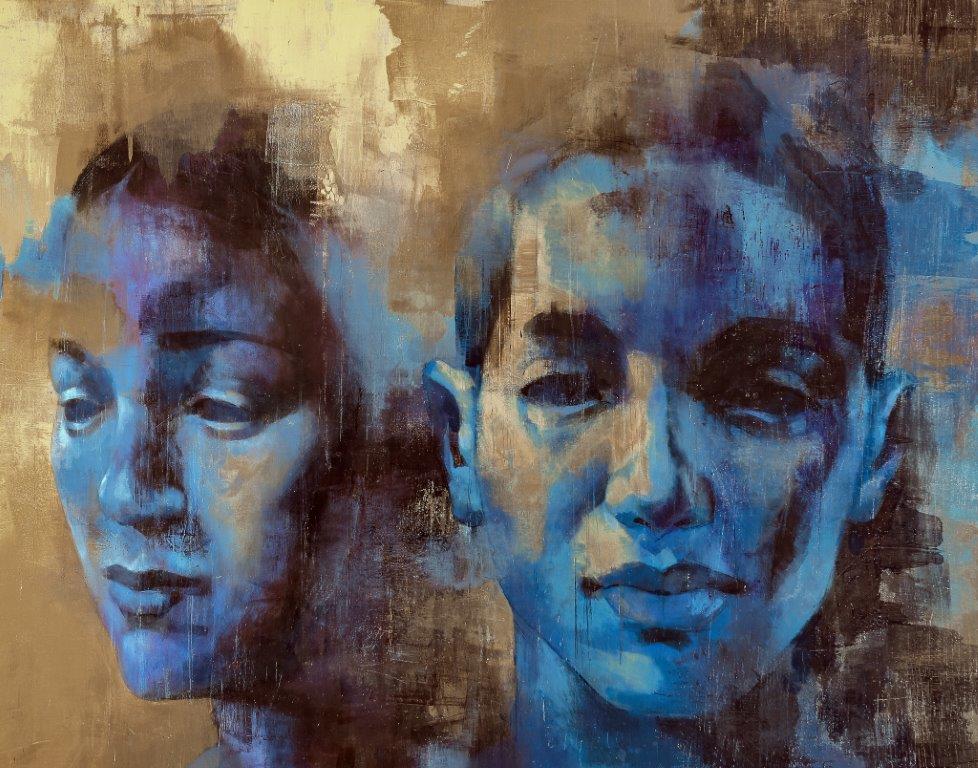Her Excellency Noura Al Kaabi, the UAE’s Minister of Culture and Youth, yesterday inaugurated Wetland, the National Pavilion UAE’s tenth exhibition at the Biennale Architettura 2021 (Venice Biennale).
Curated by Wael Al Awar and Kenichi Teramoto, Wetland presents an environmentally friendly salt-based cement alternative which could reduce the climate impact of the construction industry. Created from recycled industrial waste brine, the MgO cement has been hand-cast into organic shapes recalling the UAE’s traditional coral-built houses, forming a hand-built 7 x 5 meter prototype structure. The prototype is accompanied by large-scale images created by New York-based Emirati artist Farah Al Qasimi of the UAE’s UNESCO World Heritage Site-nominated sabkhas (salt flats), which provided inspiration for the research process. A virtual tour of the exhibition is available on the National Pavilion UAE website.

H.E. Noura Al Kaabi, Minister of Culture and Youth, said: “Over ten fantastic exhibitions, the National Pavilion UAE has brought some of the best of the UAE’s cultural stories to a global audience, demonstrating our ambition, our creativity and our commitment to cross-cultural exchange while making a tangible contribution to national development. Wael Al Awar and Kenichi Teramoto’s work embodies the UAE’s national spirit of creativity, innovation and cutting-edge thinking about global issues, while remaining informed by our heritage, and is a true exemplar of the National Pavilion UAE’s role as a bridge from the UAE to the world.”
The inauguration was also attended by H.E. Shaikha Mai bint Mohammed Al Khalifa, President of the Bahrain Authority for Culture and Antiquities and Chairperson of the Board of the Arab Regional Centre for World Heritage; H.E. Salem Al Qassimi, Assistant Undersecretary of Heritage and Arts Sector, UAE Ministry of Culture and Youth; and Roberto Cicutto, President, La Biennale. Also in attendance were Lubna Al Gergawi, Minister Office Director; Alia Al Qassimi, Acting Assistant Undersecretary of Cultural and Creative Industries Sector, from the UAE Ministry of Culture and Youth; Maitha Alabdouli, Assistant Project Manager, UAE Ministry of Culture, and Youth and Nasser Al Khaja, Head of Media and Public Diplomacy Section, Embassy of the UAE.

Laila Binbrek, Coordinating Director of the National Pavilion UAE, said: “In 2021, the National Pavilion UAE is celebrating its tenth exhibition at the Venice Biennale and thinking about our future as the most consistent international cultural platform to showcase the UAE’s talent and perspectives. Against the continuing challenges of the pandemic, the Venice Biennale’s role as a convener and platform for ideas has become even more important. Presenting our tenth exhibition here in person enables us to bring a fresh, timely and locally-informed perspective to the global issue of climate change.”
Curators and architects Wael Al Awar and Kenichi Teramoto said: “Exploring the relationship between nature and the built environment and developing new and more sustainable architectural methods are vital for our future, and this global conversation is long overdue. The theme for the 2021 Biennale, How Will We Live Together?, asks us to consider new modes for a shared future. For us, that meant examining the relationship between urban development and nature, but also reconsidering how we worked throughout our research process to bring a new focus on collaboration and collective thinking.”
The curators collaborated with specialist teams at three universities in developing the project. NYU Abu Dhabi’s Amber Lab contributed to the chemical formula for the cement; the University of Tokyo’s Obuchi Lab and Sato Lab supported the development of the construction modules and used advanced 3D remote engineering technology to formulate a viable hand-built structure in Venice; and the American University of Sharjah’s Department of Biology, Chemistry and Environmental Sciences contributed research that advanced understanding of the sabkhas.

Wael Al Awar is also participating in the Curators’ Collective, a collaboration between curators of many of the national pavilions at the 2021 Biennale. Throughout the extended preparation period of this edition, the curators have met regularly to develop a manifesto for the future of architecture, generate ideas through dialogue and investigate new avenues to fulfil the Biennale’s platform for accessible collaboration. To support the goals of sustainability, the curators are working together to share and repurpose excess materials from the construction of their exhibitions, including an open call supported by the National Pavilion UAE for designers to develop a public bench from recycled materials left over from the construction of exhibitions, which will function as both an architectural statement and public seating that supports social distancing.

Wetland is now open to the public at the 17th International Architecture Exhibition of the Venice Biennale until Sunday November 21st 2021. The National Pavilion UAE continues to monitor the situation closely with the safety of staff and visitors as its top priority, and has made available a digital version of the exhibition on the website https://nationalpavilionuae.org
Throughout May, experimental early versions of the prototype are also available on display at the Wetland research lab in Dubai’s Alserkal Avenue. The lab is open from 1:00pm – 6:00pm (GST) until May 24th, 2021, except for Fridays, where the lab will be open from 4:00pm to 9:00 pm (GST). Starting May 25th and until the end of the month, visitors are encouraged to book an appointment before visiting by e-mailing lujaine.rizk@waiwaidesign.com.



